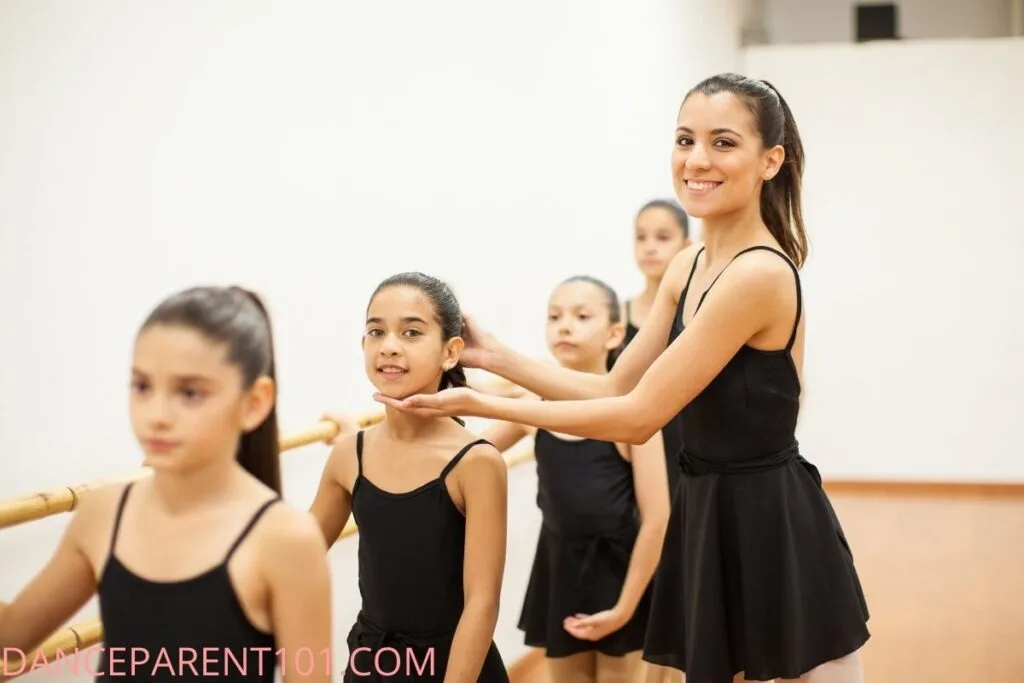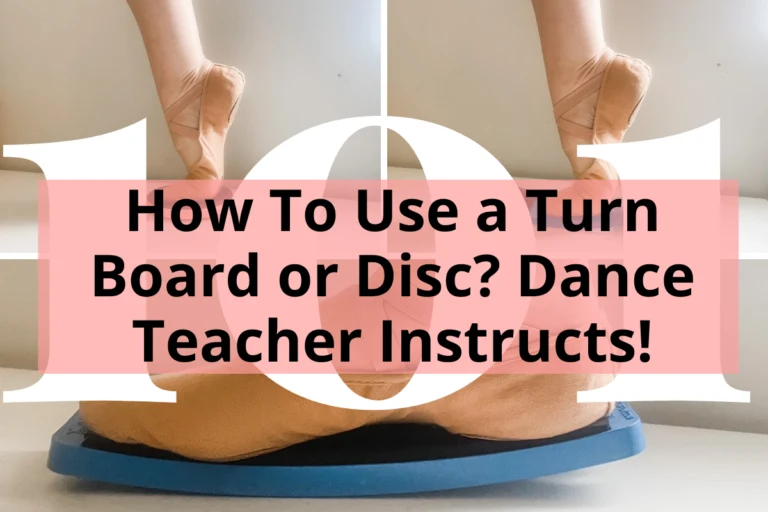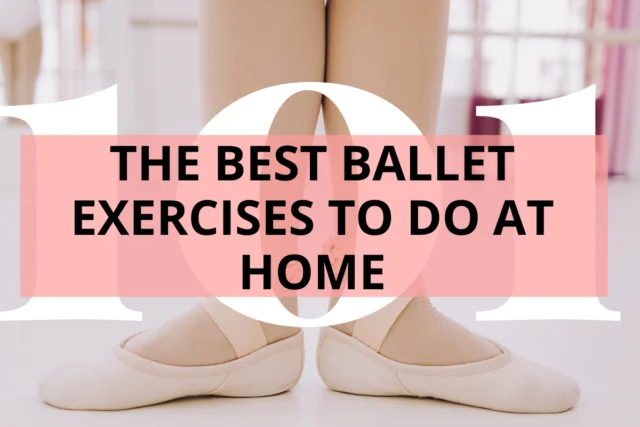By Lesley Mealor / Edited by Samantha Bellerose, B.Ed, Dip.Dance(Performing Arts)
As a dance teacher for a decade, and a daughter of a dance teacher for a lifetime, the idea of what progress can be is well-ingrained in me. Watching a dancer make progress over the dance year, and over many years, is one of the reasons I love to teach.
One of the unique opportunities of working with children in the studio setting is seeing the wheels start turning in their heads when presented with a new concept, and watching the result of those wheels turning as they physically move throughout the space.
Progress, to me, is the ability to apply corrections over time, try again after a failure, and turn a negative into a positive.

For some of my students, a lightbulb moment takes the entire year to reach. For some, it takes moments. Both students are progressing, but at different rates. This is the challenge of defining progress. Progress is not only measured by getting a coveted role in The Nutcracker, or moving up a level in tap class. For me, progress is more nuanced. Keep reading to find out what that means!
Progress is the Ability to Apply Corrections Over Time

It is a common misconception to think that the only way a dancer is making progress is when you see a major change. More often than not, you will not see your child magically begin to do perfect pirouettes after a few weeks – or even years – of dance classes.
Sure, there are definitely some gifted children out there who seem to have the innate ability to just DO things without being taught. But most kids I teach need a lot of guidance, instruction and time before they’re able to master most dance steps. As a teacher, I’m looking for the small, weekly changes in my students that show me that they are listening and applying my corrections.
If the first correction I give to Sally for pirouettes, for example, is to keep the standing heel down in plié during the preparation, I may not see that correction applied for another 3 to 4 weeks. The old wive’s tale of 10,000 hours of practice until a skill is mastered may be a little exaggerated here, but the physical mastery of a skill definitely needs some time to sink in.
As a teacher, I will always be looking for examples of a student applying a correction. If Sally has heard me say to keep the heel on the floor in the turn preparation for several weeks, has seen me demonstrate the correct way to prepare for a turn, and has shown me that more often than not she remembers to keep her heel down, I consider that progress.
A layperson or non-dancing parent might still be wondering why Sally is not spinning like a top, but as an experienced teacher, I’m likely going to be shouting from the rooftops that she’s got her heel down!
Progress is Trying Again After a Failure

It’s inevitable that everyone will experience failure at one time or another, and that includes in dance class. Even more difficult is the fact that in a dance class, you are surrounded by other people who may not be experiencing those same failures at the same time.
There have been countless times in my own dance life that I’ve wanted to just give up. The steps got too hard, my peers seemed to be excelling where I was struggling, and things were just plain difficult and I wanted to stop.
As a teacher, it’s my job to encourage all of my students to try again. In fact, it’s a running joke among dance teachers, myself included, that when we say, “One more time!” that it’s a lie, because it’s never just ONE more time. We’re always asking ourselves or our students to try again and again.
When I see students struggling with a step or a concept and wanting to give up, I can empathize. But, I am also always on the lookout for the student who has that inner drive to try again, countless times, to get it right. Do they take a deep breath and try one more time when I’ve asked for a combination again, when a month ago they would have given up? If so, that’s progress.
Progress is Taking a Negative and Turning It Into a Positive

One of the hardest things about being a dance educator is having to disappoint a student. There are going to be times that a student will not receive a role they really wanted, a placement in the front row, or be asked to move up a level. Of course, as a teacher, I’m never doing any of these things out of spite or because I don’t care. But, sometimes it can feel that way to the student (and I say this from personal experience being that student in the past!)
If your dancer has not received the lead in a piece, or been asked to move up a level in class, I will be watching carefully how they continue to show up to dance. I will be the first to say that everyone is allowed their feelings. Go cry it out in the car or at home, journal about it, complain and pout and be sad – this is 100% allowed (just not in the studio!)
But, when it’s time to come back to dance class, I am looking for an attitude of perseverance. Dancers who are ready to make progress come to class with a renewed sense of desire to get better. There is a fight in them that shows me that they’re ready to turn a negative experience into a positive one.
A good dance teacher will be happy to give feedback to a student who didn’t make the cut or didn’t get the part. By asking for help and asking what you can work on, you show me that the dedication to progress is there.
Progress, to me, is in the minutiae of class taking, not in the big picture of roles or level placement. Those rewards signify milestones, for sure, but when I’m speaking to a parent about their child’s progress in dance, my focus will always be with the small steps they’re taking to reach the big milestone. If I’m not seeing the drive within a student to reach small goals, it’s harder for me to reward them by moving them up a level or trusting them with a big part.
If you are seeking ways to understand your child’s progress in dance, check out my two recent articles 3 Things Parents Can Do To Assess Their Child’s Progress in Dance or Ballet, and 4 Actions To Take When Your Child Is Not Progressing In Dance or Ballet Class.










